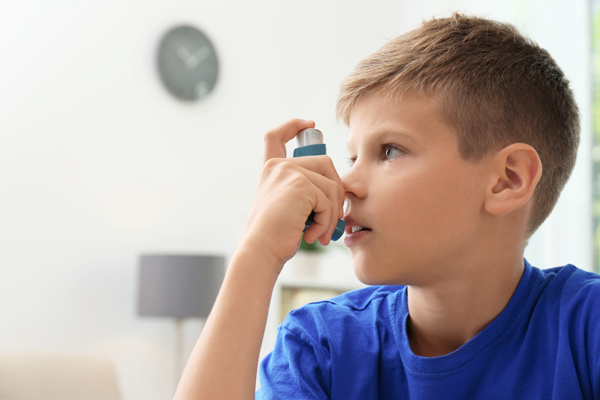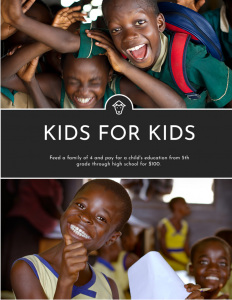Childhood asthma is a chronic respiratory condition affecting millions of children worldwide. While standard medical treatments, such as inhalers and medications, are widely used, chiropractic care has gained attention for its potential to help restore health naturally. Emerging research supports chiropractic care as a holistic approach to improve respiratory function in children with asthma.
Understanding Childhood Asthma
Asthma is a complex respiratory condition characterized by chronic inflammation of the airways, leading to
 symptoms such as wheezing, coughing, shortness of breath, and chest tightness. While asthma management primarily focuses on suppressing these symptoms, chiropractic care offers a holistic approach that aims to address underlying factors contributing to the condition.
symptoms such as wheezing, coughing, shortness of breath, and chest tightness. While asthma management primarily focuses on suppressing these symptoms, chiropractic care offers a holistic approach that aims to address underlying factors contributing to the condition.
The Vagus Nerve and Its Influence on Breathing
The vagus nerve, a key component of the autonomic nervous system, plays a vital role in regulating numerous bodily functions, especially breathing. It innervates the lungs and airways, helping to control bronchial smooth muscle tone and mucus production. Additionally, the vagus nerve also modulates inflammation and immune responses. When the nervous system is in a state of stress (fight or flight) the vagus nerve causing breathing to become more shallow and rapid. However, if the vagus nerve is malfunctioning then those same responses can occur pathologically.
Chiropractic Care and Childhood Asthma
Chiropractic care primarily focuses on improving the alignment and function of the spine and nervous system. When there is pressure on the nervous system, either from immobile joints or tension in the connective tissue around the spinal cord, the brain’s ability to control breathing is decreased. In particular, upper cervical compression on the vagus nerve can severely alter respiration.
Research suggests that certain chiropractic techniques may positively impact the respiratory system, potentially benefiting children with asthma.
- Chiropractic Adjustments: Spinal adjustments involve taking pressure off of the nervous system, by gently restoring motion to the joints protecting the nerves. A study published in the Journal of Manipulative and Physiological Therapeutics found that spinal adjustments led to improved lung function and reduced asthma symptoms in children. Chiropractic adjustments may help enhance the coordination between the nervous and immune systems, promoting better respiratory function.
- Diaphragmatic Training and Breath Work: Dr. Nathan regularly incorporates exercises to strengthen the diaphragm and other respiratory muscles. Improved muscle strength and function can enhance lung capacity and breathing efficiency, potentially reducing asthma symptoms and enhancing overall respiratory health.
- Stress Reduction: Emotional stress and anxiety can trigger or exacerbate asthma symptoms. The tonal chiropractic care used at Innate Life helps children’s nervous system’s shift out of stress mode into a greater state of ease, This often contributes to a reduction in asthma symptoms.
The Safety of Chiropractic Interventions
Chiropractic care, when performed by a qualified and licensed professional, is considered safe for children with asthma. A review conducted by the International Chiropractic Pediatric Association demonstrated a high level of both effectiveness and safety for children receiving chiropractic care. Dr. Nathan is both a member of this Association and has completed multiple courses of study in pediatric chiropractic, becoming one of Chicagoland’s leading authorities on adjusting children in a gentle and safe way.
Get Started
While chiropractic care should not replace standard medical management for childhood asthma, it can serve as a valuable complementary therapy. By optimizing nervous system function, chiropractic care has the potential to enhance respiratory health and improve your child’s health. Contact us today so you and your children may breathe fully and easily!
References:
Alcantara, Joel, et al. “The Safety and Effectiveness of Pediatric Chiropractic: A Survey of Chiropractors and Parents in a Practice-Based Research Network.” EXPLORE, Vol 5, Number 5. September/October, 2009.




